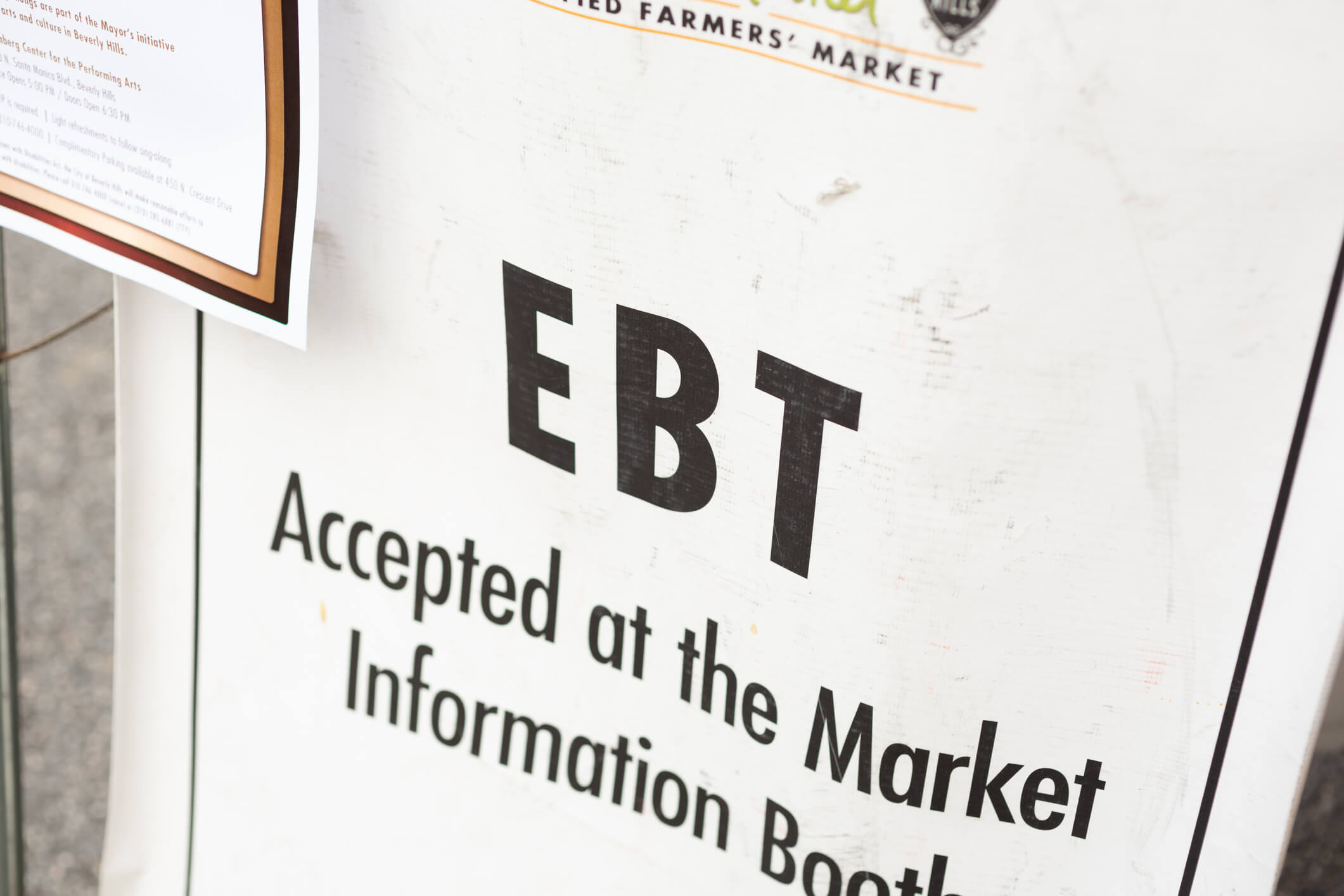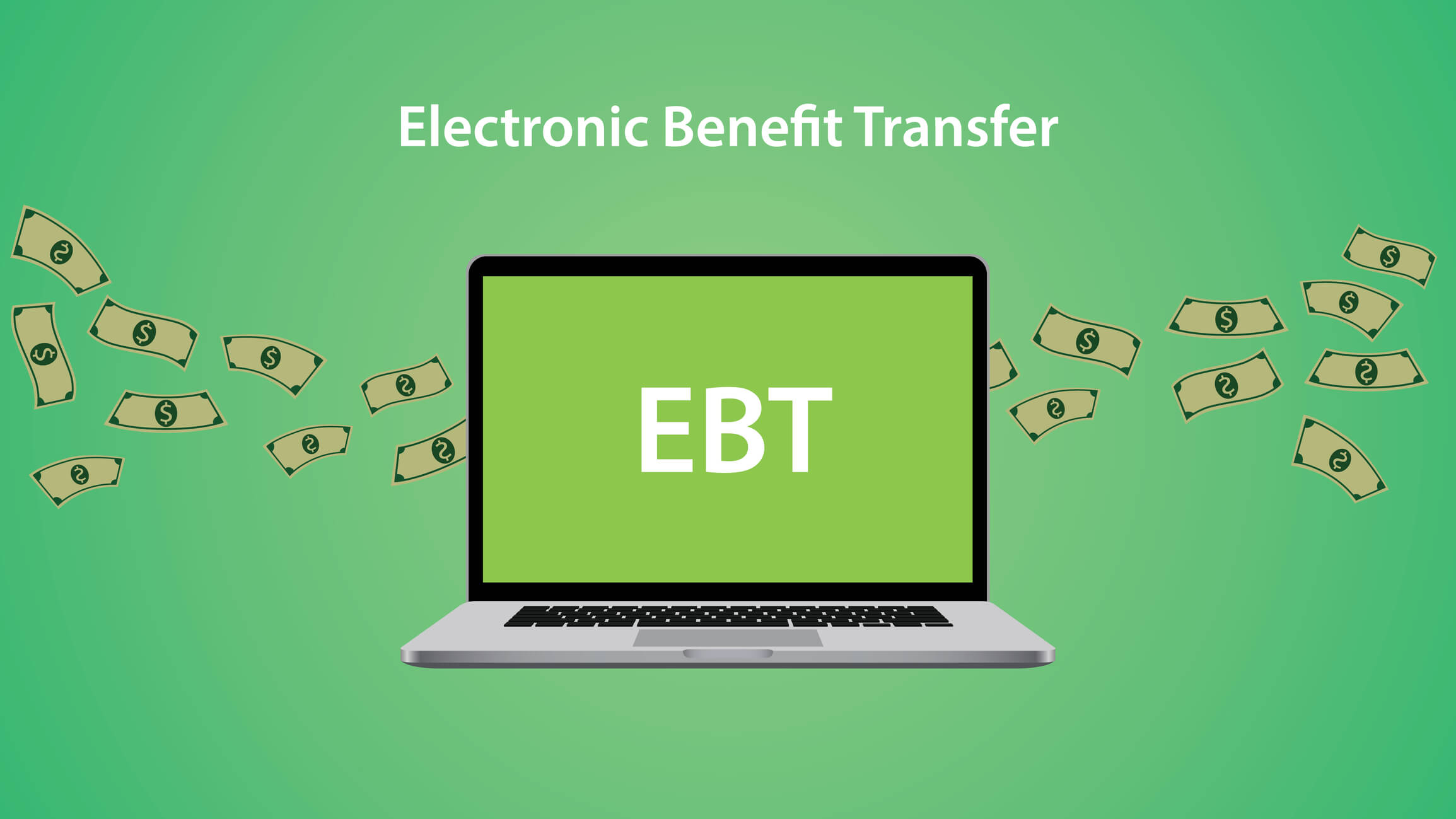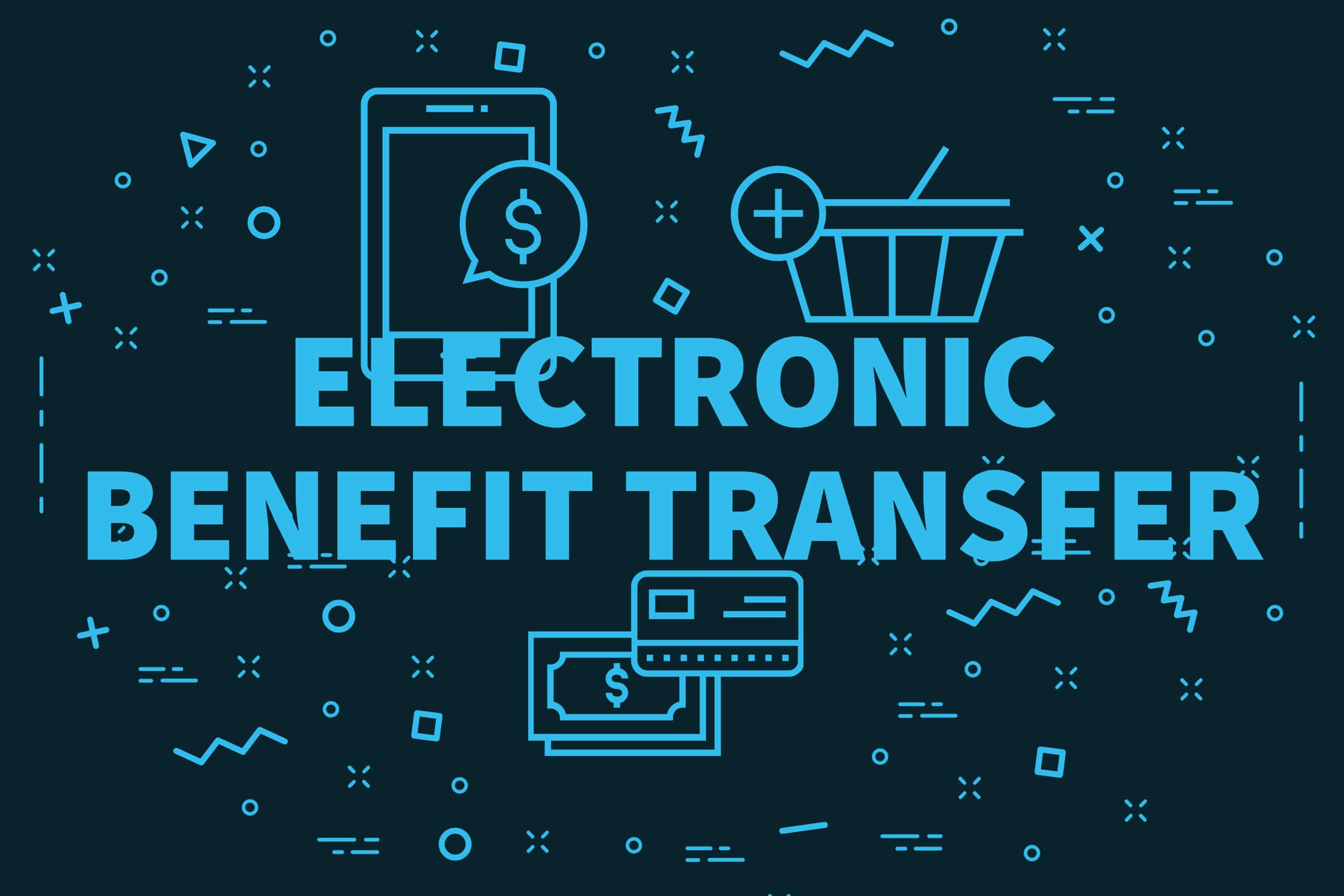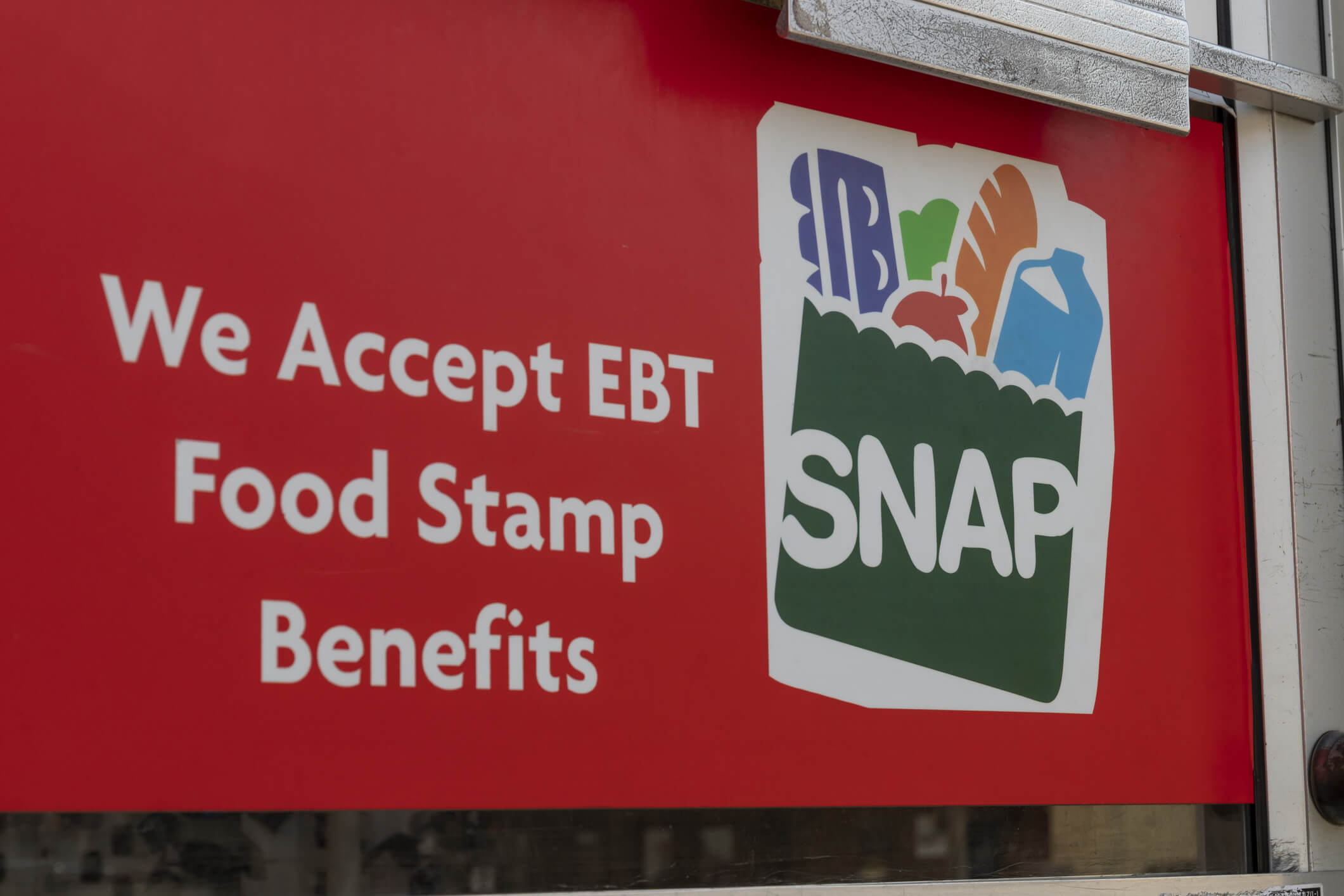Electronic Benefit Transfer (EBT) payment processing is a system that allows government programs to distribute benefits electronically to eligible individuals. It has revolutionized the way government assistance programs operate, providing a more efficient and secure method of delivering benefits. In this article, we will explore the various aspects of EBT...
What is Electronic Benefits Transfer (EBT)?
Electronic Benefits Transfer (EBT) is a system that allows recipients of government assistance programs to receive and manage their benefits electronically. It is a convenient and secure method of delivering benefits, replacing the traditional paper-based system. EBT has revolutionized the way government assistance programs are administered, making it easier for...
Integrating EBT Processing with Other Payment Systems
Electronic Benefit Transfer (EBT) processing plays a crucial role in government assistance programs, allowing eligible individuals to access benefits such as food stamps and cash assistance. Integrating EBT processing with other payment systems can streamline the payment process, enhance efficiency, and improve the overall customer experience. In this comprehensive guide,...
Regulatory Compliance in EBT Processing
In the United States, the Supplemental Nutrition Assistance Program (SNAP) plays a crucial role in providing food assistance to low-income individuals and families. As a federal program, SNAP is subject to strict regulations to ensure that benefits are distributed fairly and efficiently. For businesses involved in Electronic Benefit Transfer (EBT)...
EBT Eligibility Criteria: What Merchants Need to Know
Electronic Benefit Transfer (EBT) is a system that allows recipients of government assistance programs, such as the Supplemental Nutrition Assistance Program (SNAP) and Temporary Assistance for Needy Families (TANF), to access their benefits through a debit card. This system has replaced the traditional paper-based food stamp program, making it more...
The Future of SNAP and EBT Technologies
The SNAP and EBT technologies have revolutionized the way low-income individuals and families access and utilize food assistance benefits. SNAP, formerly known as the Food Stamp Program, is a federal assistance program in the United States that provides eligible low-income individuals and families with funds to purchase food. EBT, on...
Understanding the FNS and Its Role in EBT Processing
The Food and Nutrition Service (FNS) is a federal agency within the United States Department of Agriculture (USDA) that plays a crucial role in ensuring food security for millions of Americans. Through its various programs and initiatives, the FNS aims to provide access to nutritious food for low-income individuals and...
EBT Processing Fees: What You Need to Know
Electronic Benefit Transfer (EBT) is a system that allows recipients of government assistance programs, such as the Supplemental Nutrition Assistance Program (SNAP) and Temporary Assistance for Needy Families (TANF), to access their benefits through a debit card. EBT processing fees refer to the charges imposed on merchants for accepting EBT...
What is EBT Processing? A Detailed Guide
Electronic Benefit Transfer (EBT) processing is a system that allows eligible individuals and families to receive government assistance benefits through a debit card. This method of payment replaces the traditional paper-based system, providing a more efficient and secure way for recipients to access their benefits. EBT processing has revolutionized the...








